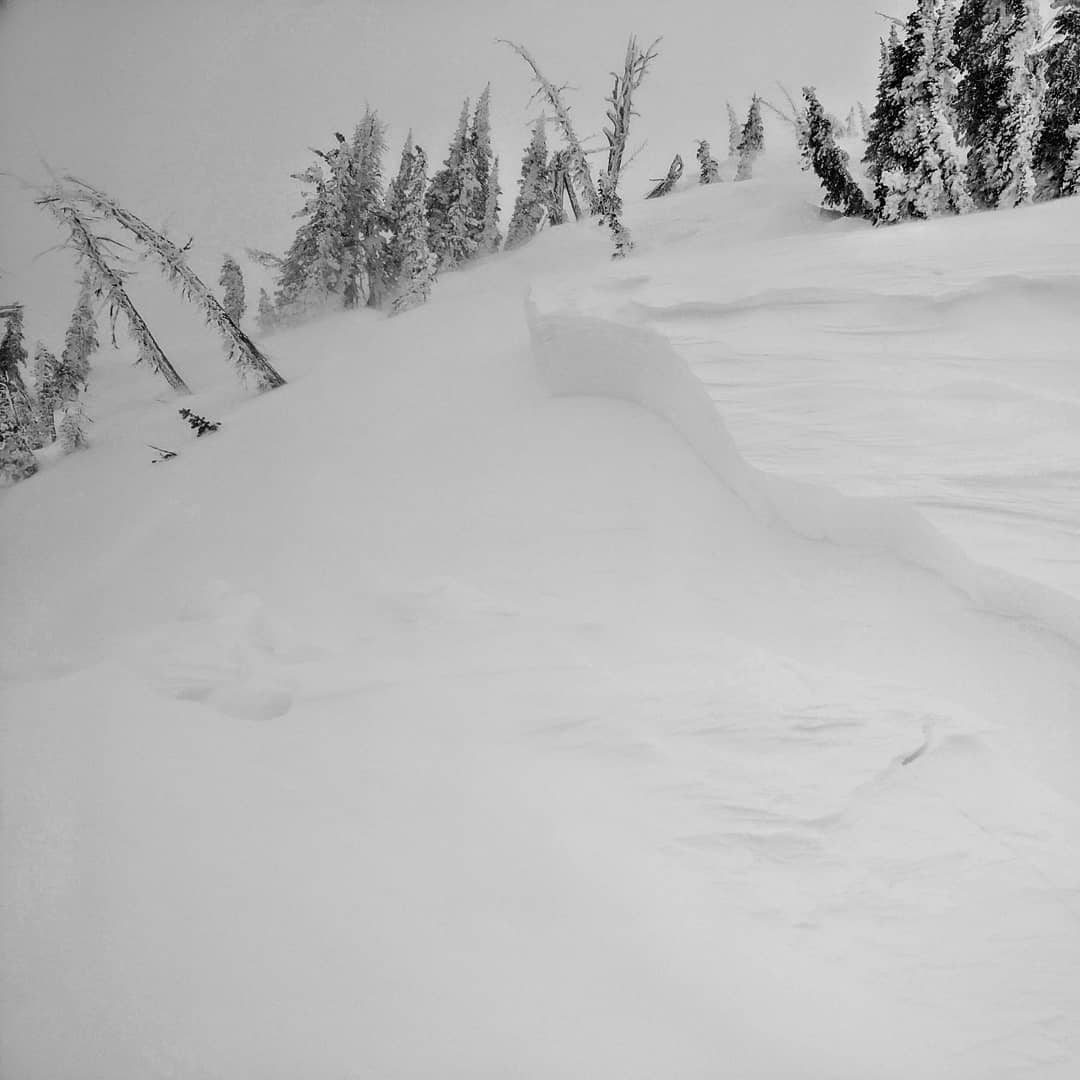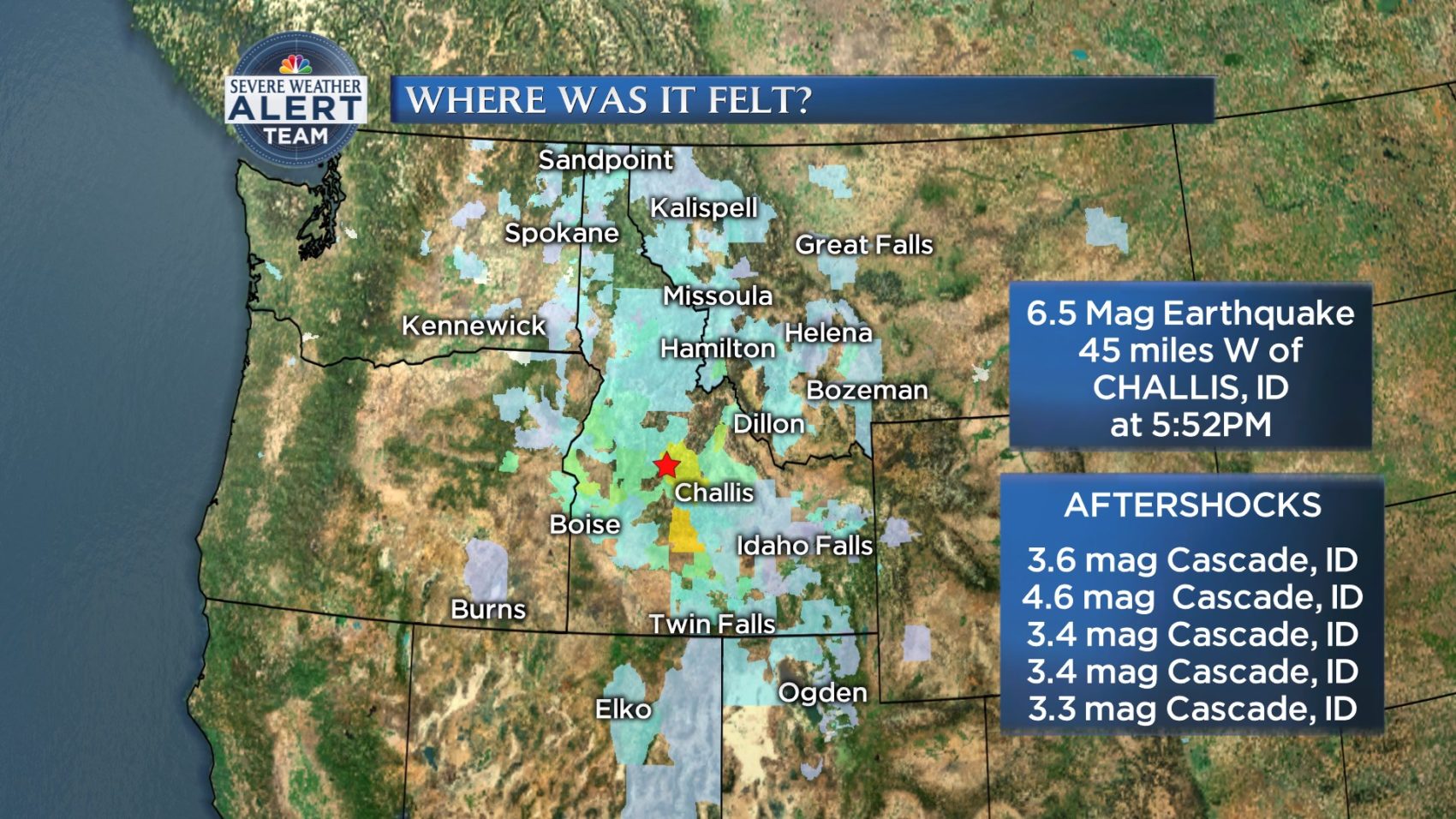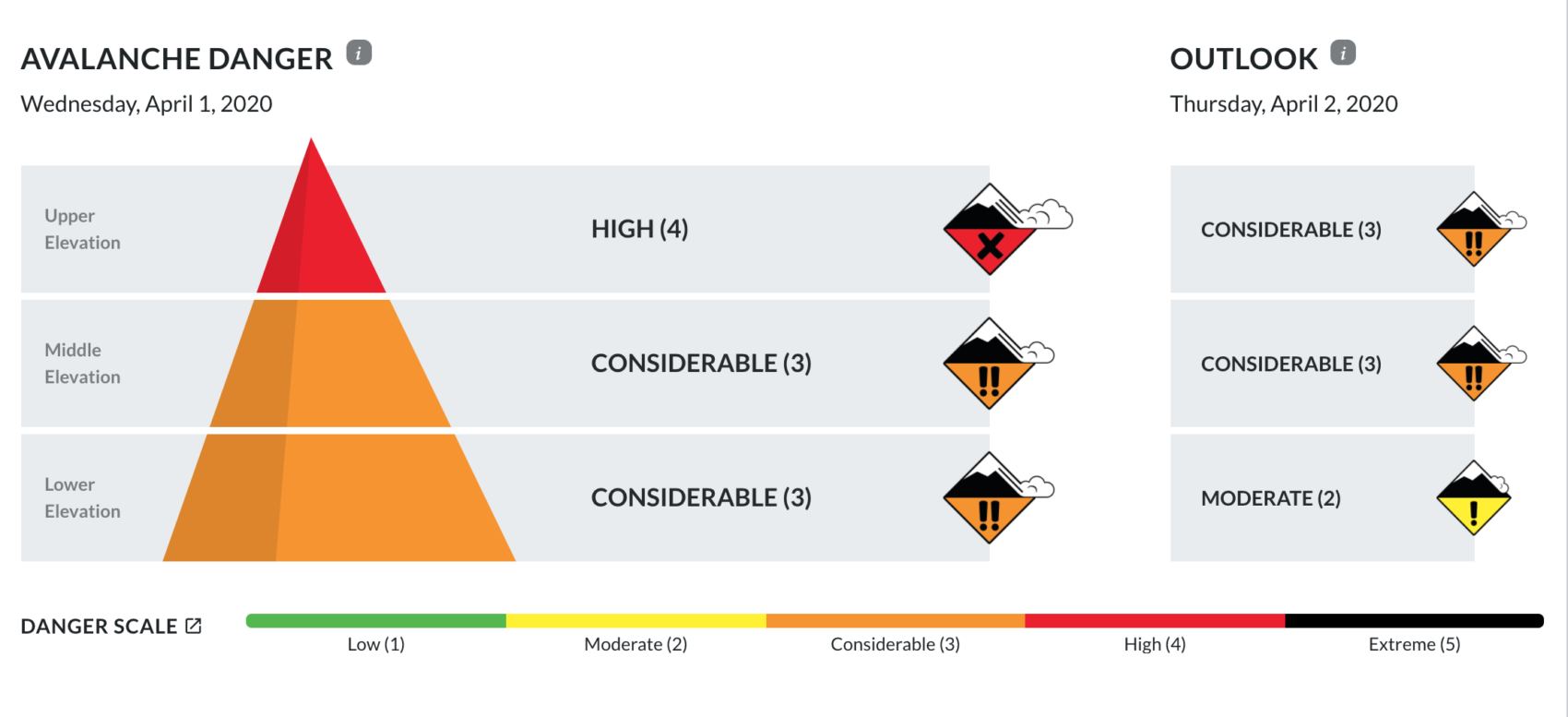
Yes, they can.
A 6.5 magnitude earthquake was reported yesterday, March 31, in the Sawtooth Mountains of Idaho near the town of Stanley. The earthquake hit right at the tail end of a storm that dropped 2-3 feet of snow (HIGH avalanche danger), making it a very rare event. The Sawtooth Avalanche Center is saying that observers in Stanley heard avalanches in the Sawtooths that lasted up to a minute.
A minute-long avalanche is a very long avalanche and likely a big one if it can be heard from Stanley.
The Sawtooth Avalanche Center said in an official report,
On Tuesday, March 31st, a 6.5 magnitude earthquake shook south-central Idaho just before 6 PM. The quake’s epicenter was in the SAC Banner Summit zone, about 10 miles north of Banner Summit proper. We received reports of people hearing significant avalanches running in the Sawtooth Mountains near Stanley, making noise for up to a minute after the earthquake ended. I have to admit I didn’t expect to be writing about this topic at 6:00 AM this morning. I also have to admit it’s refreshing to think about something other than COVID-19 for a moment. Here’s a brief FAQ-style overview of the topic:
- Do earthquakes cause avalanches? Yes. They occur frequently enough that there is a formal Snow, Weather, and Avalanche Guidelines (Greene et al, 2016) trigger code for earthquake-caused avalanches: NE. Significant avalanche activity has been attributed to large earthquakes in at least 22 cases in the Himalayas, Japan, Russia, the Andes, New Zealand, Alaska, northwestern Canada, in the mainland United States, and in other locations (Podolskiy et al, 2010).
- How do earthquakes cause avalanches? The working model for avalanche release involves small cracks initiating within a weak layer and then growing to a critical size where the weak layer collapses vertically. After the weak layer collapses, the slab releases and moves downslope. The motion caused by earthquakes likely causes many cracks to initiate in the weak layers, ultimately producing avalanches. Loose snow avalanches can be “shaken” off of very steep faces, similar to explosives-released loose snow slides.
- Have people been killed by earthquake-triggered avalanches? Yes. Fairly recently, an April 2015 magnitude 7.8 earthquake in Nepal’s Himalaya Mountains triggered several large avalanches. One swept through the Mount Everest Base Camp, killing at least 22 climbers and support crews. This was the deadliest known natural disaster on Mount Everest.
- What about aftershocks? Several aftershocks occurred in the minutes and hours following the major earthquake yesterday. Some of the recorded aftershocks were stronger than documented earthquakes that produced avalanche activity. The USGS expects many MW 3-4 aftershocks in the coming days, and an event larger than the MW 6.5 cannot be ruled out.
- Are steep slopes that were impacted safe now if they didn’t already slide? A few documented cases of avalanche activity occurring minutes to hours following earthquakes exist (Singh et al, 2002). Scientists continue to debate whether a 2017 avalanche in Italy that destroyed a hotel and killed several people was a delayed-earthquake event (Geggel, 2018). Limited research and evidence surrounding delayed avalanche activity after earthquakes or large explosive detonations suggests that once several hours have passed from the seismic event or explosion, the snowpack is probably as stable as it was before the earthquake or explosion. Remember that aftershocks are likely to continue jostling the snowpack for days, so it will be difficult to tell when the last “insult” occurred while you’re out in the hills.
Are there some slopes that, without yesterday’s earthquake, would be teetering on the edge of avalanching but did release because of the earthquake? Probably. Can we assume that the overall snow stability, over a large scale, is now better because of the earthquake? Unfortunately, not with any certainty. We’re sailing in uncharted waters.
Experiencing a strong earthquake at the tail end of a storm that dropped 2-3 feet of snow (HIGH avalanche danger) is a very rare event. We (SAC Forecasters) are as interested as everyone else to see how the snowpack reacted to the earthquake. When evaluating stability gets complex (large storm + weak layers in the upper snowpack + lingering depth hoar at the bottom of the snowpack + earthquakes), we need to base our terrain decisions on simple data and red flags: we just received feet of snow, it was windy, persistent weak layers exist in the snowpack, and the storm continued after the earthquake. If you see evidence of giant avalanches, the slopes that released are obviously safer than those that didn’t. Other than that, assume the earthquake did not make slopes more stable than they would have been if the earthquake didn’t occur.

